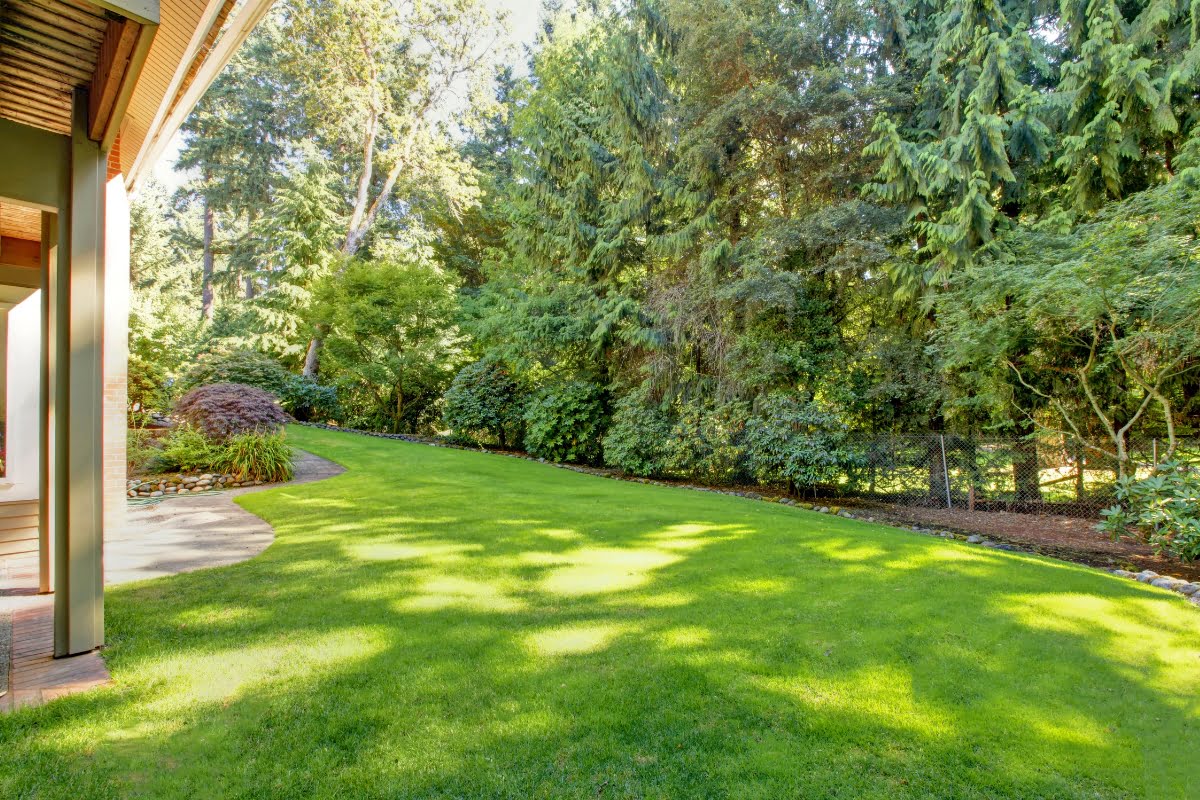Have you ever dreamed of having a picture-perfect outdoor space where every blade of grass seems to bow in harmony and every step you take feels like strolling through a pristine landscape painting? If so, yard grading might just be the hidden secret you’ve been searching for.
In this comprehensive guide to yard grading, we’re delving deep into the art and science of transforming your outdoor space with expert tips that will leave you marveling at the possibilities right beneath your feet. This blog post is your one-stop destination for everything you need to know about mastering the art of yard grading and unlocking the full potential of your outdoor sanctuary.
Transform Your Landscape: Yard Grading from Bumpy to Beautiful
Understanding the Importance of Yard Grading

Before we dive into the nitty-gritty details of yard grading, it’s essential to understand why it holds such significance in transforming your outdoor space. Yard grading is not just about aesthetics; it plays a crucial role in maintaining the health and functionality of your property.
One of the primary reasons yard grading is important is to address drainage issues. Improper grading can lead to water pooling in certain areas, causing damage to your landscape and even your home’s foundation. By creating a proper slope, you can ensure that water flows away from your property, preventing potential water damage and erosion.
Furthermore, yard grading also helps with soil erosion control. When heavy rainfalls occur, the soil can easily wash away if there isn’t proper grading in place. This can result in unsightly gullies and uneven terrain. By properly grading your yard, you can prevent soil erosion and maintain a stable landscape.
In addition to these practical benefits, yard grading also enhances the overall aesthetics of your outdoor space, as well as boost its property value. A smooth and level surface provides a clean canvas for landscaping projects, allowing you to create stunning gardens, pathways, or even install outdoor structures like patios or decks.
Assessing Your Yard’s Current State
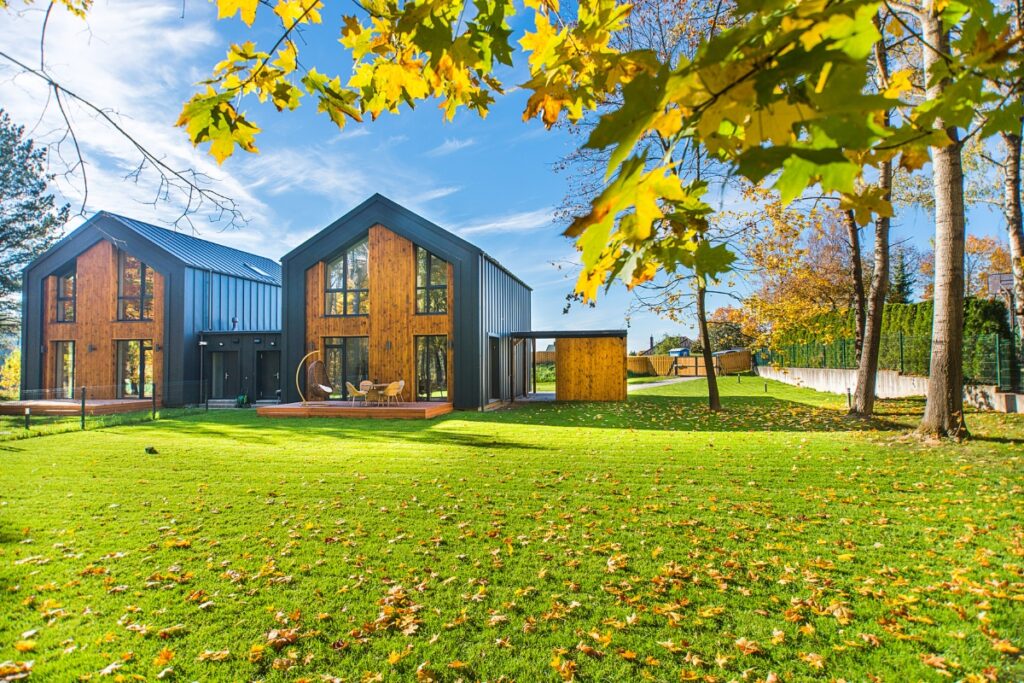
The first step in embarking on a yard grading project is assessing the current state of your outdoor space. Take some time to observe any problem areas such as low spots where water tends to accumulate or areas where there are noticeable slopes that may cause drainage issues.
You can use simple tools like a level or string line to determine if certain areas are uneven or sloping too much. Additionally, pay attention to any signs of poor drainage such as standing water after rainfall or soggy patches that take longer to dry out compared to other areas.
By thoroughly assessing your yard’s current state, you’ll have a better understanding of the specific grading needs and challenges that need to be addressed.
Determining the Desired Grade for Your Outdoor Space
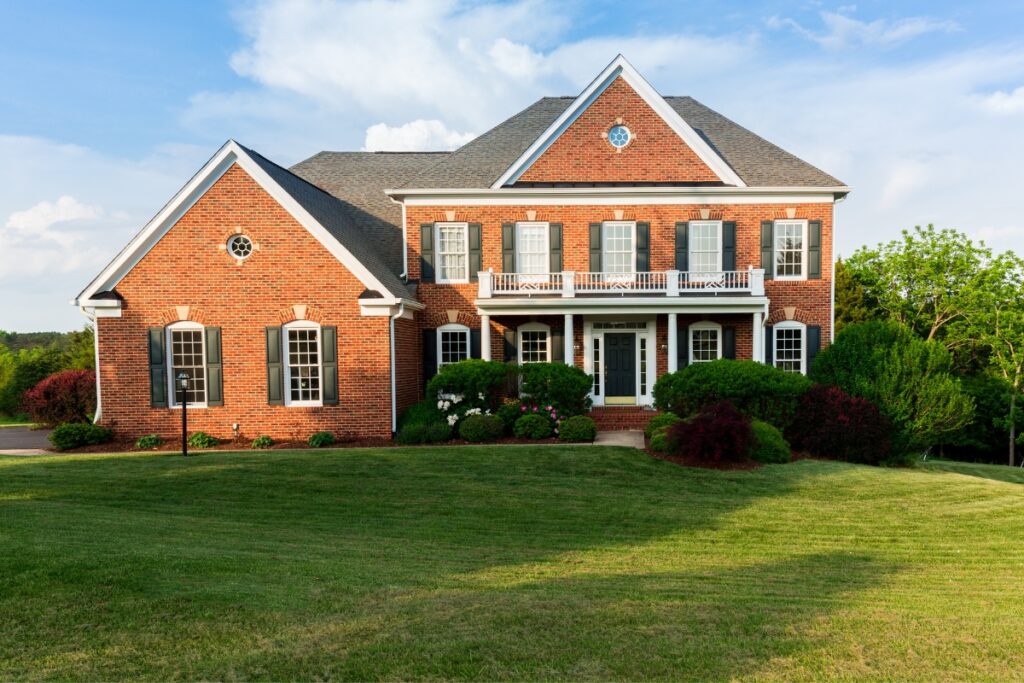
Once you’ve assessed your yard, it’s time to determine the desired grade for your outdoor space. The ideal grade will depend on various factors such as the size of your yard, its current state, and any specific drainage issues you’re looking to resolve.
For most yards, a gentle slope away from the house is recommended to ensure proper water runoff. This slope should be around 2-3% or approximately one-quarter inch per foot. However, it’s important to note that every yard is unique, and consulting with a professional can help you determine the best grade for your specific situation.
Keep in mind that while creating a smooth and level surface is desirable, some variation in grade can add visual interest to your landscape. It’s all about finding the right balance between functionality and aesthetics.
Tools and Equipment Needed for Yard Grading
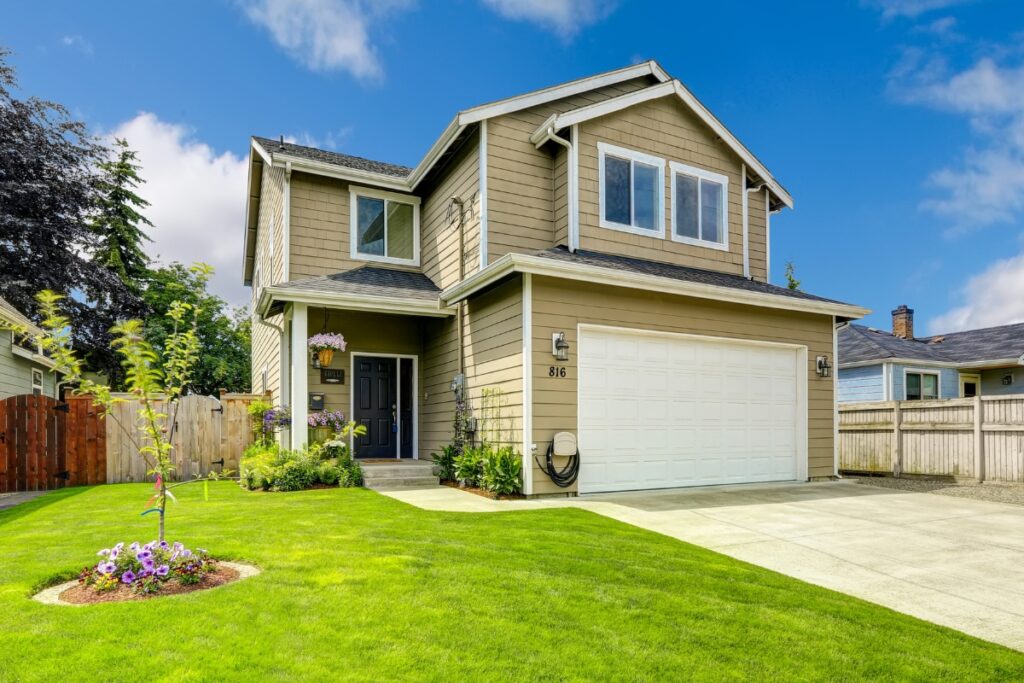
When it comes to yard grading, having the right tools and equipment is crucial to ensure a successful outdoor space transformation. Let’s delve into the essential items needed for this task.
- Excavator or Skid Steer Loader: An excavator or skid steer loader is indispensable for yard grading projects. These heavy equipment pieces help in moving and leveling large quantities of soil efficiently, making the grading process easier and more precise.
- Grading Rake: A grading rake is a versatile tool that is perfect for leveling the soil surface. Its adjustable design allows you to control the grading depth, making it ideal for achieving the desired slope and contour in your yard.
- String Lines and Line Level: String lines and a line level are essential for ensuring that your yard grading is done accurately. By setting up string lines across the yard and using a line level to check for evenness, you can achieve a uniform grade throughout the area.
- Shovels and Spades: Shovels and spades are handy tools for smaller grading tasks and detail work. They allow you to move and distribute soil with precision, especially in tight or hard-to-reach areas where heavy equipment may not be suitable.
- Wheelbarrow or Utility Cart: A wheelbarrow or utility cart is essential for transporting soil, gravel, or other materials around your yard. These tools help you efficiently move materials to different areas of the yard, making the grading process more manageable.
- Compaction Equipment: Compaction equipment such as a plate compactor or hand tamper is necessary to ensure that the graded soil is firmly packed. Proper compaction prevents settling and erosion, maintaining the integrity of your yard grading over time.
- Safety Gear: Lastly, don’t forget to prioritize safety by wearing appropriate gear such as work gloves, safety goggles, and sturdy footwear. Yard grading can involve heavy equipment and manual labor, so ensuring your safety is paramount throughout the project.
By having the right tools and equipment for yard grading, you can effectively transform your outdoor space with precision and efficiency. Whether you’re reshaping slopes, leveling surfaces, or creating drainage pathways, investing in quality tools will make the job smoother and more rewarding.
Steps to Properly Grade Your Yard
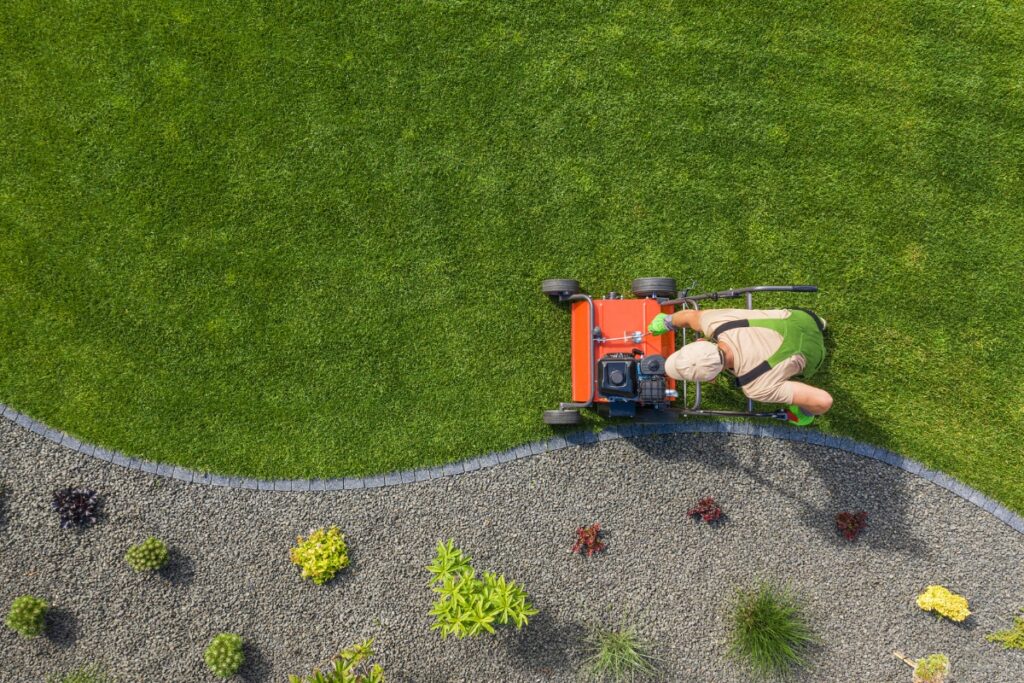
Properly grading your yard is essential for ensuring proper drainage and a visually appealing outdoor space. Follow these expert steps to transform your yard into a functional and beautiful area.
- Start by assessing the current state of your yard. Look for any low-lying areas or spots where water pools after rain. These are signs of poor grading that need to be addressed.
- Next, gather the necessary tools for yard grading, such as a shovel, rake, and a landscaping level. Having the right tools will make the grading process more efficient.
- Begin the grading process by removing any existing vegetation and debris from the area. Clearing the space will allow you to see the natural slope of the land more clearly.
- Use the landscaping level to determine the current slope of your yard. Ideally, you want the yard to slope away from your home to prevent water from pooling near the foundation.
- Adjust the slope of your yard by adding or removing soil as needed. Fill in low spots with soil and compact it to create a smooth and even surface.
- Once you have completed the grading process, sow grass seeds or lay sod to establish a lush lawn. Properly watering and maintaining the lawn will help it thrive in its new environment.
- Regularly inspect your yard after grading to ensure proper drainage and to address any issues that may arise. Proper maintenance will keep your yard looking its best for years to come.
By following these expert steps for yard grading, you can transform your outdoor space into a functional and visually pleasing area that enhances the beauty of your home.
DIY Yard Grading vs. Hiring Professionals
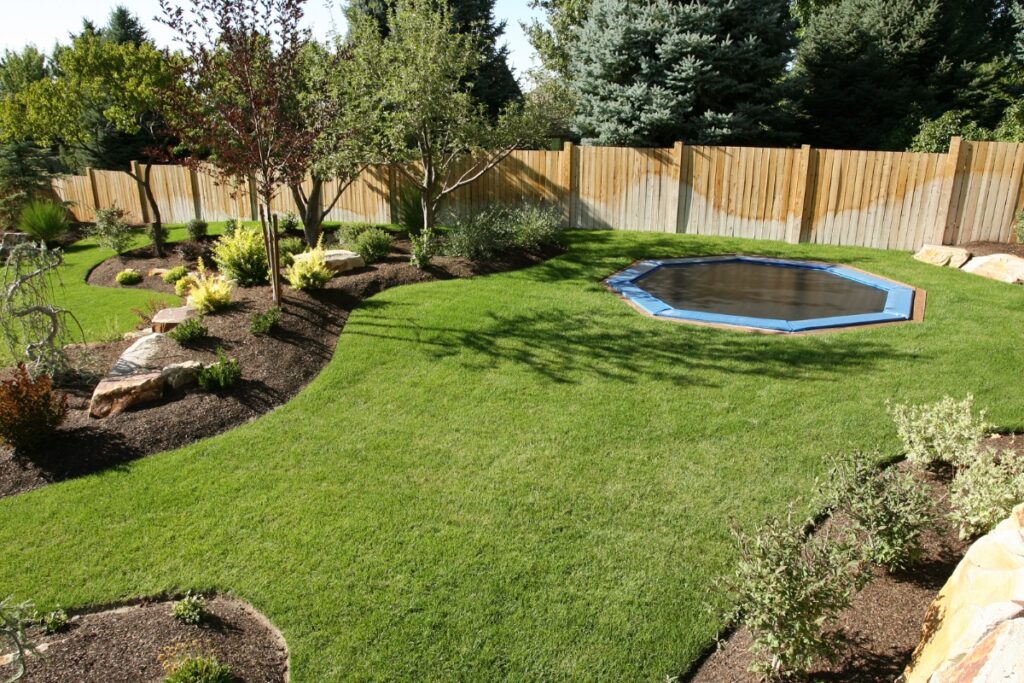
When it comes to yard grading, homeowners often face the dilemma of whether to tackle the project themselves or hire professionals. Let’s delve into the pros and cons of DIY yard grading versus hiring experts to transform your outdoor space.
Benefits of DIY Yard Grading:
- Cost-Effective: Doing yard grading yourself can save money on labor costs.
- Hands-On Experience: It allows you to learn about your landscaping and the grading process.
- Flexibility: You can work at your own pace and schedule.
Drawbacks of DIY Yard Grading:
- Time-Consuming: It can be a lengthy and labor-intensive process, especially for larger yards.
- Lack of Equipment: You may not have access to specialized tools required for efficient grading.
- Skill Requirement: Improper grading can lead to drainage issues or uneven terrain.
Benefits of Hiring Professionals for Yard Grading:
- Expertise: Professionals have the knowledge and experience to grade yards effectively.
- Efficiency: They can complete the project in a shorter time frame due to their expertise and equipment.
- Precision: Professionals ensure proper grading to prevent water pooling and erosion problems.
Drawbacks of Hiring Professionals for Yard Grading:
- Cost: Hiring experts can be more expensive than doing it yourself.
- Lack of Control: You may have less input in the process compared to doing it yourself.
- Dependence: You rely on the availability and schedule of the professional grading service. Conclusion:
Deciding between DIY yard grading and hiring professionals depends on factors like budget, time, expertise, and the scale of the project. While DIY can be cost-effective and educational, professional services offer efficiency and precision. Consider your priorities and resources before embarking on your yard grading journey.
Maintaining Your Newly Graded Outdoor Space
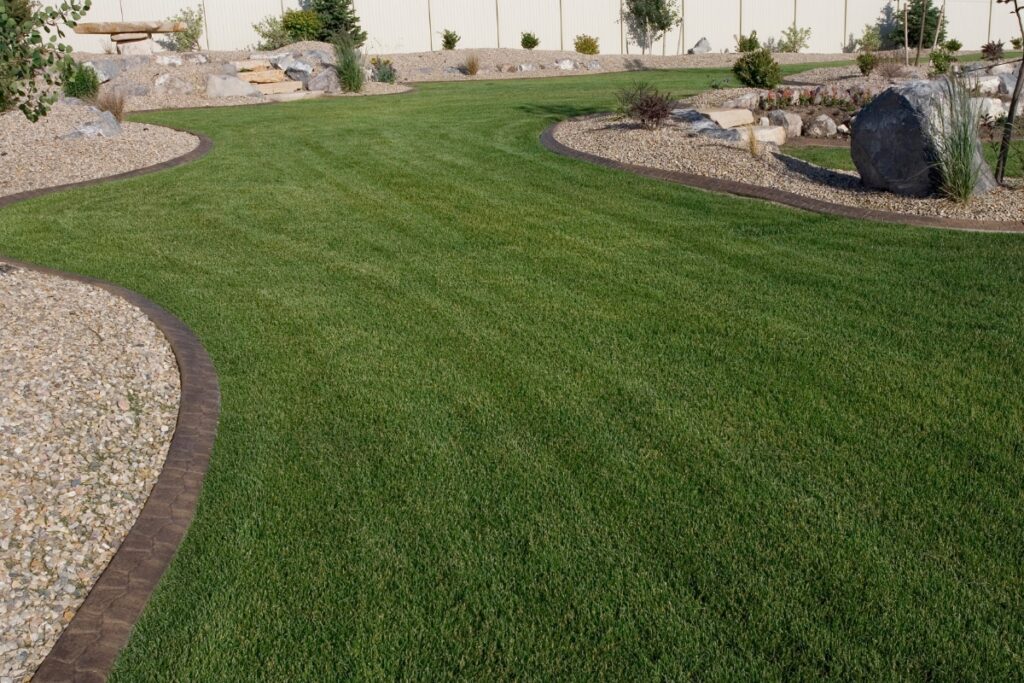
To ensure the longevity and appeal of your newly graded outdoor space, proper yard maintenance is key. Whether you’ve recently completed yard grading or are planning to do so, following expert tips can help you make the most of your outdoor area.
- Regular Inspection: After yard grading, it’s crucial to conduct regular inspections of the terrain to spot any signs of erosion or water pooling. Addressing these issues promptly can prevent any further damage to your outdoor space.
- Proper Drainage: One of the essential aspects of maintaining a newly graded yard is ensuring proper drainage. Installing a French drain or adjusting the slope of the land can help prevent water accumulation and keep your outdoor space dry and functional.
- Lawn Care: Regular mowing, watering, and fertilizing are necessary to keep your grass healthy and vibrant. After yard grading, it’s important to pay extra attention to your lawn as it establishes itself in its new environment.
- Mulching and Landscaping: Applying a layer of mulch around plants and trees not only enhances the visual appeal of your outdoor space but also helps retain moisture in the soil. Additionally, incorporating landscaping elements such as flower beds or stone pathways can further elevate the aesthetics of your yard.
- Pest Control: Keep an eye out for pests that may damage your newly graded outdoor space. Implementing pest control measures, such as using natural repellents or seeking professional help, can safeguard your plants and landscaping features.
- Seasonal Maintenance: Different seasons call for different maintenance tasks. From clearing leaves in the fall to preparing plants for winter, staying on top of seasonal maintenance ensures that your yard remains in top condition year-round.
- Professional Help: If you’re unsure about how to maintain your newly graded outdoor space or encounter complex issues, don’t hesitate to seek help from landscaping professionals. Their expertise can help you address any concerns effectively.
By following these expert tips on maintaining your newly graded outdoor space, you can enjoy a beautiful and functional yard for years to come. Remember that consistent care and attention to detail are key to preserving the beauty of your outdoor oasis.
Enhancing Landscaping Features After Yard Grading
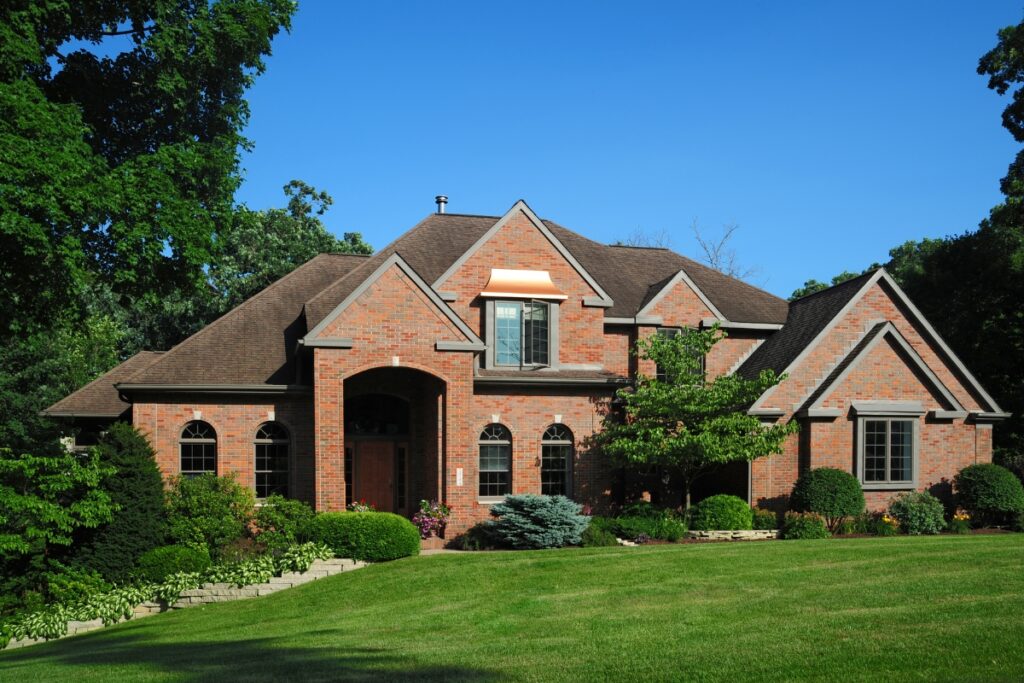
To enhance your outdoor space after yard grading, consider incorporating various landscaping features that can elevate the overall look and functionality of your yard. From planting vibrant flowers to installing decorative elements, there are plenty of ways to transform your outdoor space into a beautiful oasis.
- Plant Lush Greenery: One of the key aspects of enhancing your yard after grading is to plant lush greenery. Consider adding a mix of flowering plants, shrubs, and trees to create a vibrant and inviting landscape. Choose plants that thrive in your local climate and soil conditions for optimal growth.
- Create Defined Garden Beds: After yard grading, define garden beds with borders or edging materials to give your landscaping a polished look. You can use materials like stone, bricks, or wood to create boundaries that separate different areas of your yard, such as flower beds, vegetable gardens, or pathways.
- Install Hardscaping Elements: Incorporate hardscaping elements such as pathways, patios, or retaining walls to add structure and functionality to your outdoor space. These features not only enhance the visual appeal of your yard but also provide practical areas for outdoor living and entertainment.
- Add Water Features: Consider adding a water feature such as a fountain, pond, or waterfall to create a tranquil atmosphere in your yard. The soothing sound of running water can enhance relaxation and provide a focal point for your landscaping design.
- Light Up Your Landscape: Enhance the ambiance of your outdoor space by incorporating outdoor lighting. Install path lights, spotlights, or string lights to illuminate key features of your yard, creating a welcoming atmosphere for evening gatherings or relaxation.
- Maintain Your Landscaping: After enhancing your landscaping features, remember to maintain them regularly. Water your plants, trim bushes, and mow the lawn to keep your yard looking well-kept and inviting. Regular maintenance will ensure that your landscaping features continue to thrive and enhance your outdoor space for years to come.
By following these expert tips and incorporating landscaping features after yard grading, you can transform your outdoor space into a stunning and functional area that you can enjoy year-round.
Conclusion: Transforming Your Outdoor Space with Expert Yard Grading
Yard grading is a transformative process that can elevate your outdoor space to new heights. By understanding the importance of yard grading, assessing your yard’s current state, and determining the desired grade, you can lay the foundation for a stunning and functional landscape.
Ready to transform your outdoor space with expert yard grading services? Choose Glover Landscapes for professional landscaping solutions tailored to your property’s needs. Contact us today at (404) 510-6437 or fill out our website form for an estimate and take the first step toward your dream outdoor oasis.
